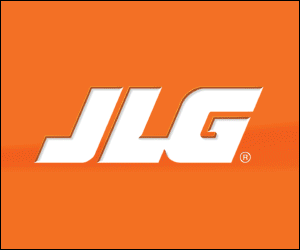)
Manufacturing treads water in October
The Australian Industry Group Australian Performance of Manufacturing Index (Australian PMI) eased by 0.8 points to 50.4 in October – a fourth consecutive month of deceleration and the weakest monthly result for the index since September 2020 (readings above 50 points indicate expansion in activity, with higher results indicating a faster rate of expansion).
Four of the activity indexes in the Australian PMI contracted in October, with declines in production, employment, exports and supplier deliveries. More positively, forward orders continued to expand at a relatively strong pace, indicating that recovery is likely after Covid-19 restrictions lift more fully and across more locations.
Ai Group chief executive Innes Willox said, “Although restrictions began to be eased, vaccination rates rose and the country edged towards a living with Covid approach, the year-long run of improving manufacturing performance was put on hold in October. Ongoing restrictions, supply chain dislocation and difficulties in filling positions combined to hold back further expansion in the sector. These factors are also driving up input prices, some of which are flowing through to customers where market conditions permit. The largest manufacturing sector – food and beverages – recorded a sharp contraction in the face of low demand and unavailability of freight. The metal products sector edged into negative territory in the face of continuing activity restrictions, supply chain disruption and shortages of labour. Other manufacturing sectors managed to lift performance even though many businesses reported similar barriers to growth. Although October was nothing to write home about, manufacturers will be encouraged by the sharp lift in new orders received and by the further progress towards removing Covid restrictions,” Willox said.
Of the six manufacturing sectors in the Australian PMI, machinery and equipment (up 7.0 points to 55.4), chemicals (up 2.8 points to 57.0), building materials (up 4.3 points to 55.6) and TCF (up 5.6 points to 52.5) expanded in October, partly due to eased activity restrictions in NSW. The index for the food and beverages sector plunged to its lowest level since August 2016 (down 13.0 points to 37.4), while metals manufacturing slid into mild contraction (down 5.5 points to 48.7).
Four of the seven activity indices in the Australian PMI fell in October, with supplier deliveries bottoming out (down 8.0 points to 41.2) while exports contracted as manufacturers reported shipping disruptions (down 6.3 points to 46.1). Sales were stable (up 1.7 points to 50.2) but new orders recorded strong expansion (up 6.3 points to 58.3), indicating that some sales are probably being postponed.
The input prices index rose by 3.7 points to 81.8 in October, approaching its record high in July, as manufacturers reported high freight costs and, in some cases, an inability to fulfil all of their orders on time due to materials shortages. The selling prices index remained strong (down 0.8 points to 63.9), indicating that manufacturers continued to pass on some of their cost increases to their customers.









